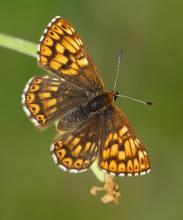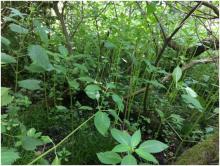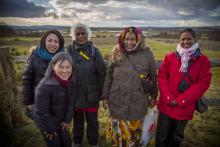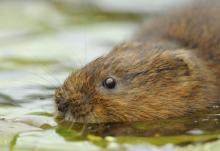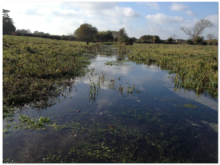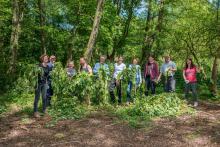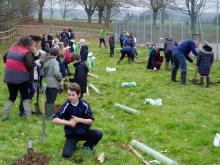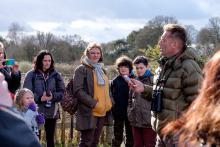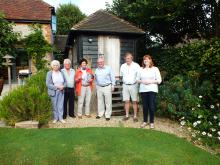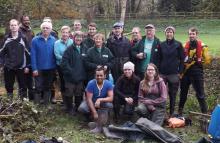Working Together to Tackle Soil Erosion in the Rother Valley - Sandra Manning-Jones
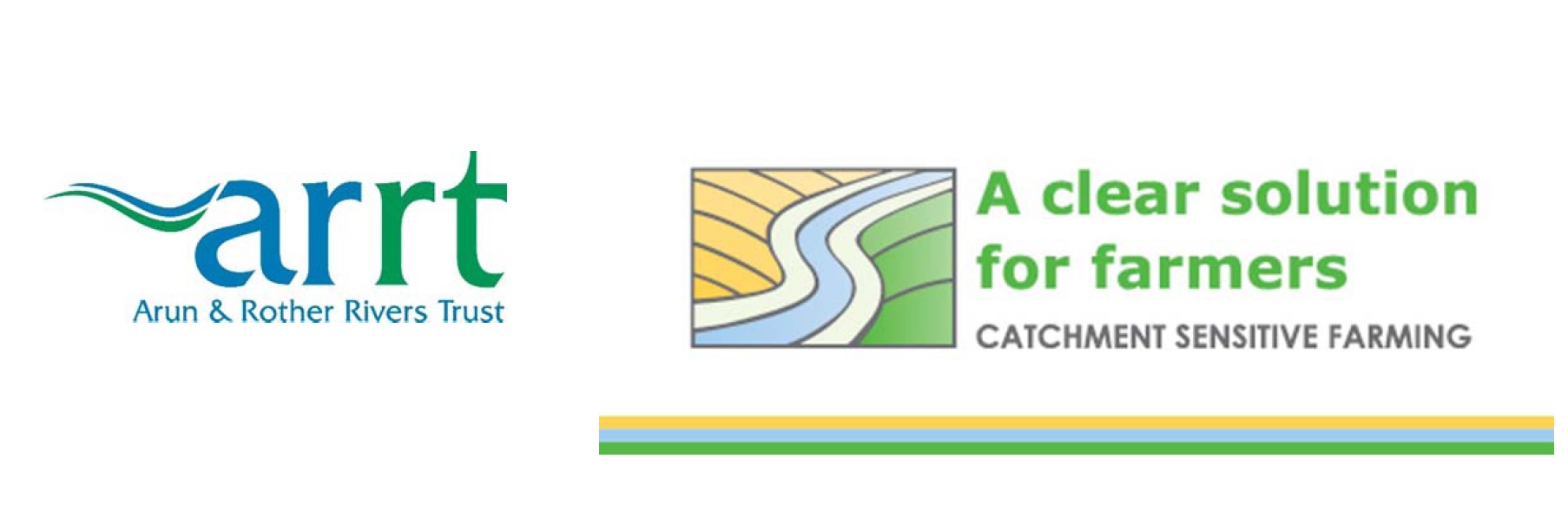
When I started work with the Arun and Rother Rivers Trust (ARRT) I heard mention of issues with sediment in the Rother Valley. It wasn’t until I saw evidence first hand that I realised the scale of the problem.
During periods of heavy rainfall or drought the light Rother Valley soils become mobile. Downpours wash sandy soil off the land suspended in surface water. Conversely, in dry weather the soil is blown down on to roads or end up in our rivers and streams.
The consequences can be devastating. Not only is valuable top soil lost from the valley, leaving damaged and scarred fields, and degrading soils, but the sediment accumulates in river channels raising the flood risk and smothering important river gravels that are used by Sea Trout for spawning.
Through talking to national experts such as Dr John Boardman geomorphologist and Emeritus Professor from Oxford University, and Dr Philip Soar Head of Innovation at Portsmouth University, I began to understand why the Rother Valley is one of the most erodible river catchments in the country, and also about how we can help to make positive change.
Since September last year we have been working with the Catchment Sensitive Farming (CSF) team from Natural England to develop guidance and provide support to local landowners and farmers suffering from soil loss. Together we are uncovering all sorts of practical ways to help implement solutions. We’ve also installed number of sediment control measures that will enable us to understand which approaches are the most effective, where and why.
Resolving this issue is not easy and won’t happen overnight. It will need widescale landowner and farmer support across the whole Rother Valley, along with greater funding, but with so many pressures on our rivers we simply cannot delay.
If you live locally and are suffering from impacts of soil erosion or excess sediment then please get in touch - email address: sandramanningjones@gmail.com) so we can share our knowledge and support.
Sandra Manning-Jones
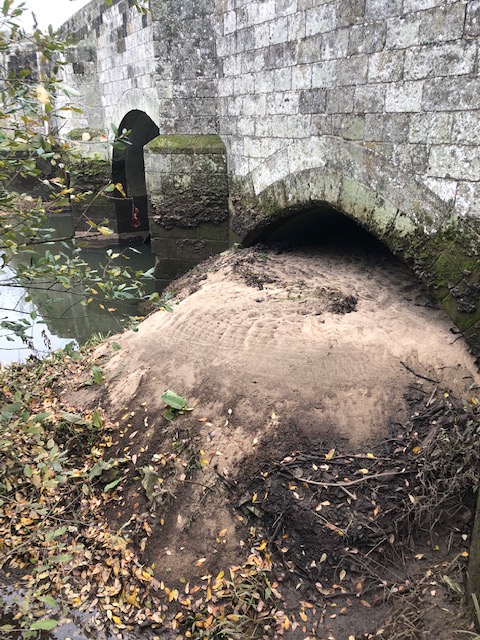
Sediment blocks the bridge at Fittleworth (Sandra Manning Jones)
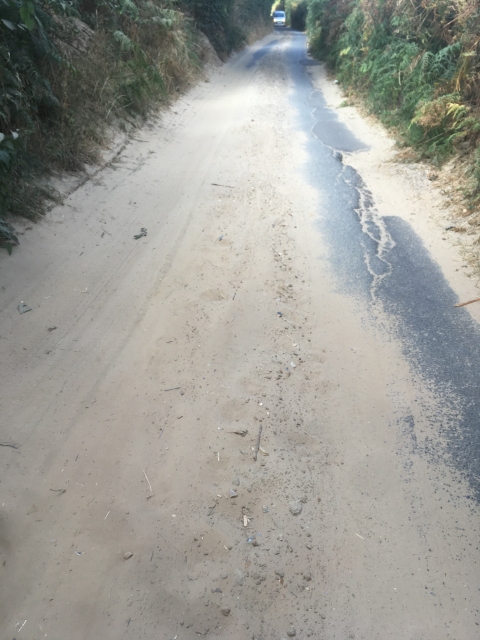
Sediment on the road at Dumpford Lane (Sandra Manning-Jones)
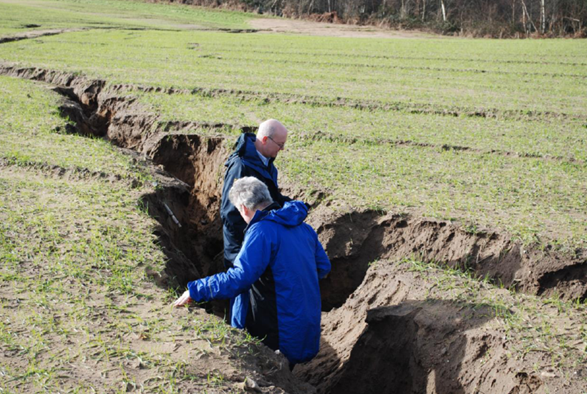
Field erosion caused by rainfall in the Rother Valley captured by John Boardman
